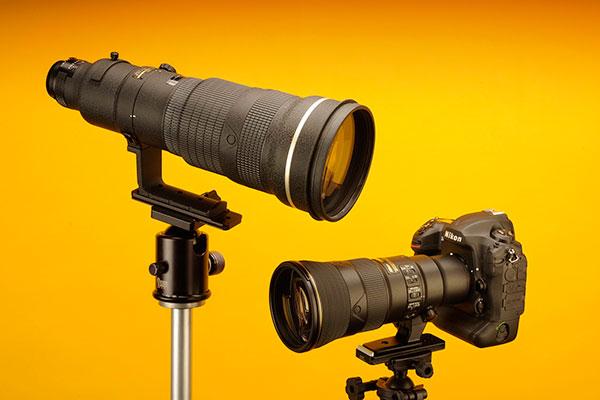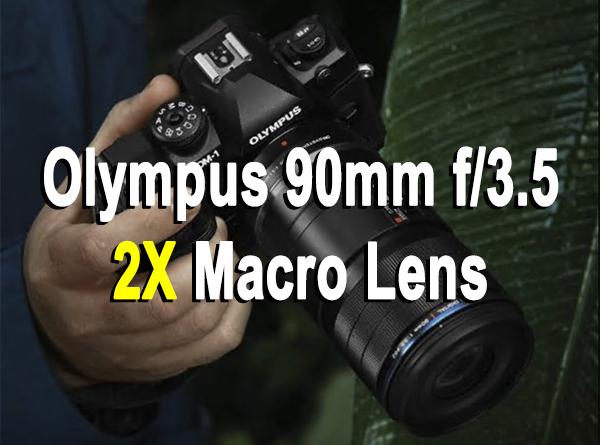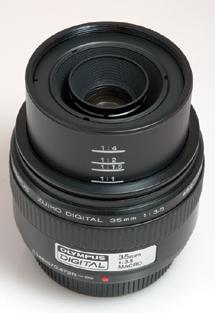Lens Reviews
Sort By: Post DateTitle Publish Date
|
Nov 05, 2015
|
Jun 08, 2015
|
Jan 29, 2019
|
Jul 18, 2014 |
First Published: Jun 01, 2014
|
Nov 22, 2011 |
First Published: Oct 01, 2011
|
Mar 05, 2021
|
Dec 01, 2009
|
Aug 01, 2010
|
Aug 01, 2010
|
May 27, 2015
|
Apr 04, 2019
|
Feb 07, 2023 |
First Published: Feb 08, 2023
|
Aug 01, 2006
|
Feb 28, 2019
















